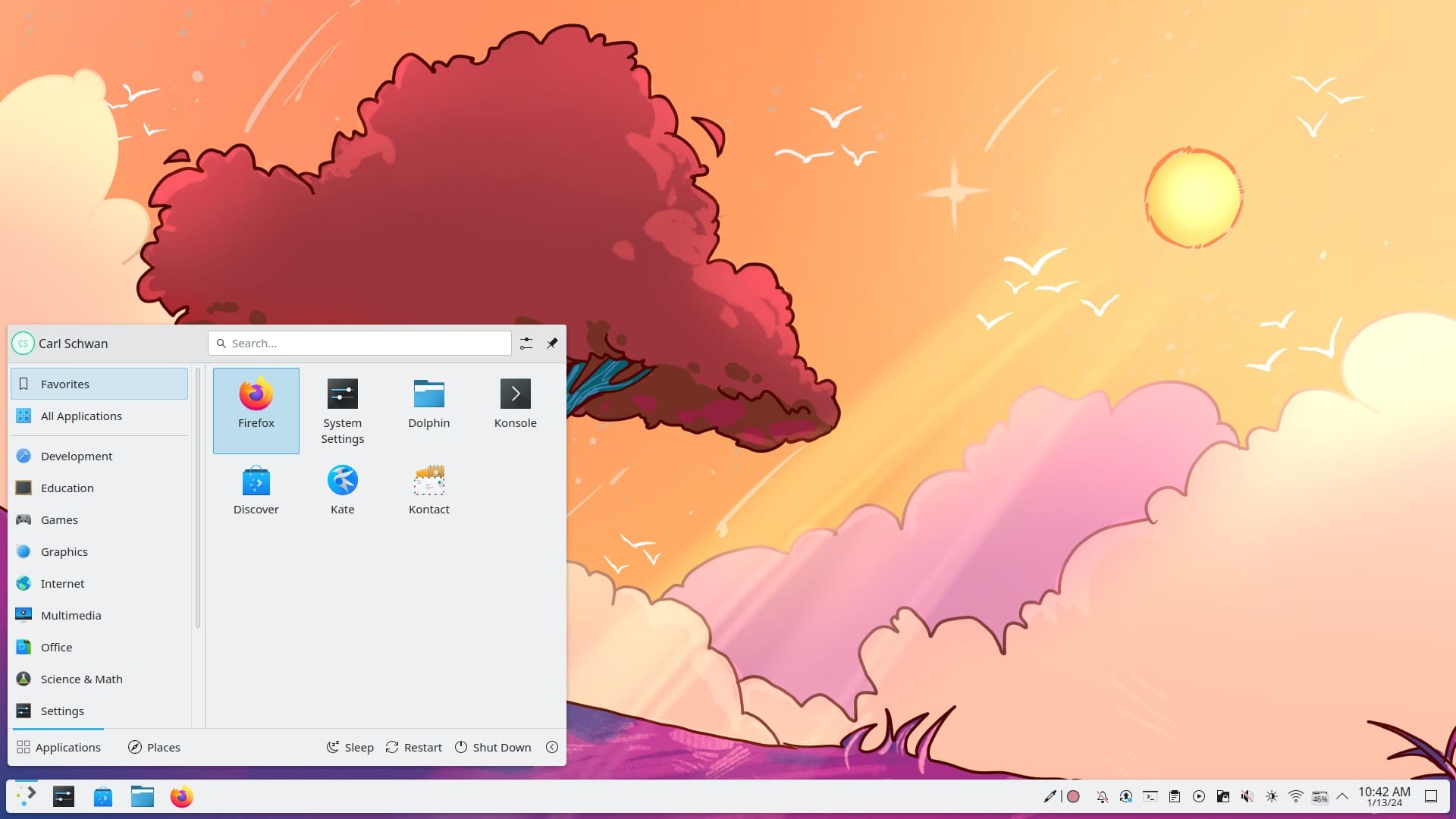In a significant development for the open-source community, Linux has surpassed the 4% market share threshold in the global desktop environment, according to the latest data published by StatCounter. This milestone, reached in February 2024, reflects a steady and sustained growth of Linux in the realm of PC operating systems, solidifying its position as a robust alternative to market giants like Windows and macOS.
### A Look at the Numbers
StatCounter data for February 2024 shows the following market share distribution among the top operating systems:
– Windows: 72.13%
– macOS: 15.46%
– Unknown: 6.10%
– Linux: 4.03%
– ChromeOS: 2.26%
– FreeBSD: 0.01%

These figures indicate a slight but significant increase in Linux adoption, moving from 3.82% at the end of 2023 to 4.03% in the early months of 2024. This growth, though modest, is a testament to the growing acceptance and viability of Linux as a primary operating system for desktop users.
### Global Distribution of Market Share
Linux’s market share shows notable variations across different regions, standing out in Asia with an impressive 5.79% and in Cuba with 5.86%. In contrast, its presence is less pronounced in Oceania, at only 1.4%. These regional variations underscore the diversity of Linux’s user base and its adaptability to different contexts and technological needs.
### Implications and Outlook
Surpassing the 4% mark is more than just a number; it symbolizes the maturity and robustness of Linux as a desktop platform. Despite facing the dominant presence of Windows and the growing popularity of macOS, Linux has proven to be a viable and attractive option for a wide range of users, from open-source enthusiasts to professionals and corporations seeking a stable, secure, and customizable foundation for their operations.
### Long-Term Perspective
While Linux’s growth in the desktop market is cause for celebration within the open-source community, it is crucial to remember that StatCounter statistics, while useful, do not capture the entirety of the technological landscape. Factors such as untracked traffic and user privacy measures can distort the full market view.
Nevertheless, regardless of data limitations, Linux’s gradual rise reflects a shift in perception and adoption of alternatives to proprietary software. With a continued focus on innovation, security, and customization, Linux is well-positioned to attract more users in the years to come.
### Conclusion
Linux crossing the 4% market share threshold is a significant milestone that reflects its evolution from a niche operating system to a primary choice for desktop users worldwide. As it continues to mature and expand its application ecosystem and hardware support, the future of Linux on the desktop looks brighter than ever.

